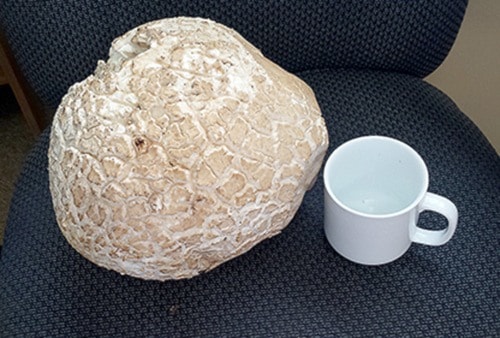Wikipedia
Many species of mushrooms seemingly appear overnight, growing or expanding rapidly. This phenomenon is the source of several common expressions in the English language including “to mushroom” or “mushrooming” (expanding rapidly in size or scope) and “to pop up like a mushroom” (to appear unexpectedly and quickly). In reality all species of mushrooms take several days to form primordial mushroom fruit bodies, though they do expand rapidly by the absorption of fluids.
The cultivated mushroom as well as the common field mushroom initially form a minute fruiting body, referred to as the pin stage because of their small size. Slightly expanded they are called buttons, once again because of the relative size and shape. Once such stages are formed, the mushroom can rapidly pull in water from its mycelium and expand, mainly by inflating preformed cells that took several days to form in the primordia.
Similarly, there are even more ephemeral mushrooms, like Parasola plicatilis (formerly Coprinus plicatlis), that literally appear overnight and may disappear by late afternoon on a hot day after rainfall. The primordia form at ground level in lawns in humid spaces under the thatch and after heavy rainfall or in dewy conditions balloon to full size in a few hours, release spores, and then collapse. They “mushroom” to full size.
Not all mushrooms expand overnight; some grow very slowly and add tissue to their fruitbodies by growing from the edges of the colony or by inserting hyphae. Though mushroom fruiting bodies are short-lived, the underlying mycelium can itself be long-lived and massive. A colony of Armillaria solidipes (formerly known as Armillaria ostoyae) in Malheur National Forest in the United States is estimated to be 2,400 years old, possibly older, and spans an estimated 2,200 acres (8.9 km2). Most of the fungus is underground and in decaying wood or dying tree roots in the form of white mycelia combined with black shoelace-like rhizomorphs that bridge colonized separated woody substrates. It has been suggested the electrical stimulus of a lightning bolt striking mycelia in logs accelerates the production of mushrooms.
